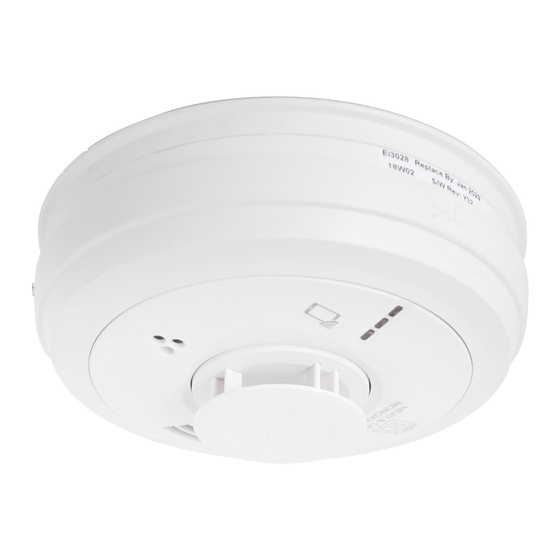
Table of Contents
Advertisement
Mains Powered
Ei3028 / 3018
Alarms
Instruction Manual
Read and retain carefully for as long as the product is being used. It contains vital
information on the operation and installation of your Alarm. The leaflet should be
regarded as part of the product.
If you are just installing the unit, the leaflet MUST be given to the householder. The
leaflet is to be given to any subsequent user.
Advertisement
Table of Contents










Need help?
Do you have a question about the Ei3018 and is the answer not in the manual?
Questions and answers